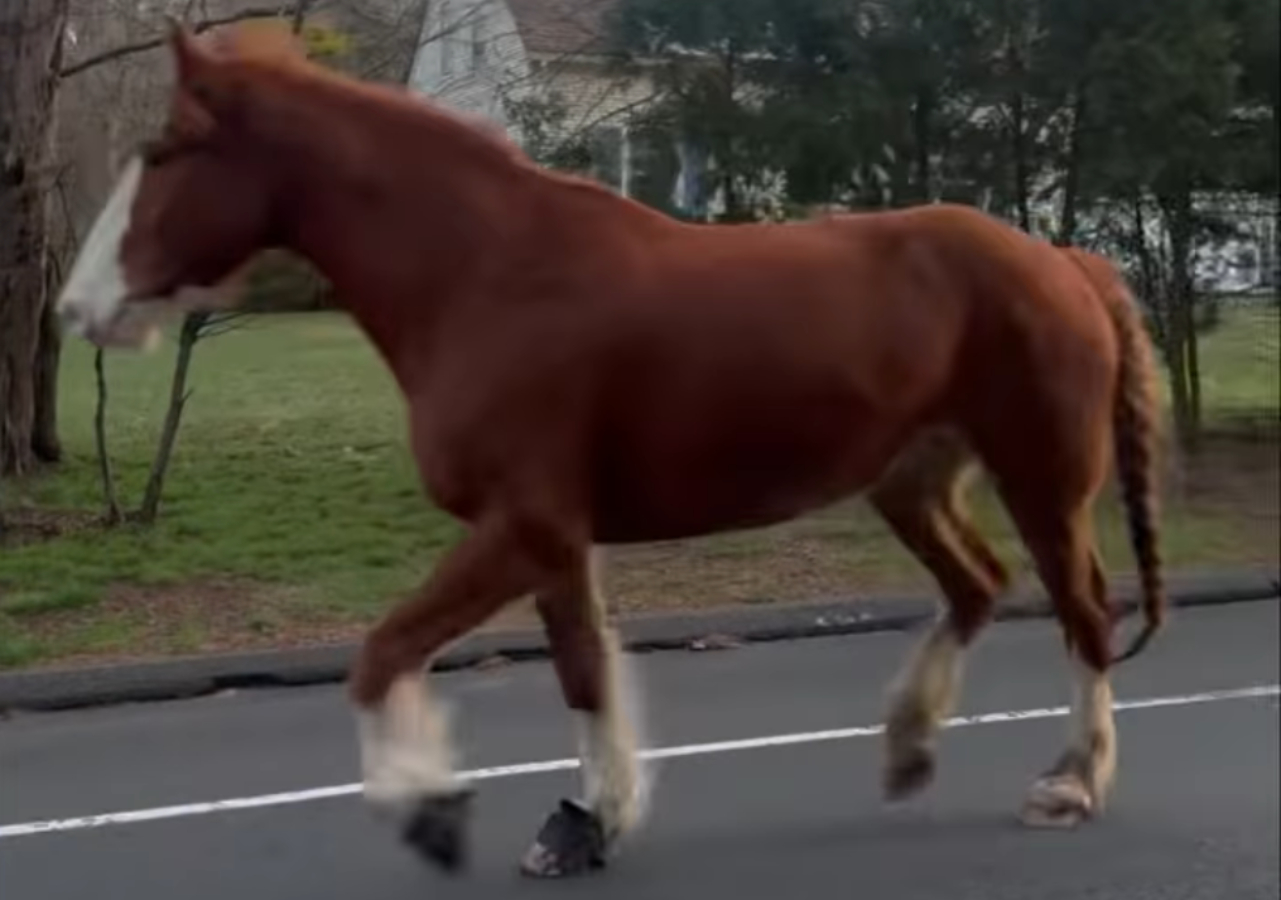The rare nine-spotted ladybug, subject of a nationwide citizen science project launched after it appeared the once-ubiquitous insect had gone extinct, has been found in New York state for the first time in 29 years.
Entomologist John Losey, who heads Cornell University's Lost Ladybug Project, said Monday that a nine-spotted ladybug was found by a project participant at a Long Island organic farm in July.
The bug is New York's official state insect but it hadn't been found there until now, although it has been spotted in other places since the project got under way 12 years ago.
Losey and other Cornell scientists went to the farm and found 20 more, which they're breeding in a lab for research on what caused the near-extinction of the native insect. They're also breeding a separate population from nine-spotted ladybugs found in Oregon and Colorado in 2009.
"I think it's a very important discovery in the sense that it tells us they really do have a good foothold in at least one area in the East," Losey said. Project participants have found nearly 50 nine-spotted specimens over the past decade. Except for one found in 2006 in Arlington, Va., all have been west of the Mississippi, Losey said.
The leading theory about the decline of native ladybugs is that they were somehow displaced by the seven-spotted ladybug, which was introduced from Europe and released as natural pest control to eat aphids on crops. Seven-spotted ladybugs are now common, as are Asian multicolored ladybugs, which were released by the U.S. Department of Agriculture in the 1970s and '80s to control scale insects on trees.
The nine-spotted ladybug was once one of the most common ladybugs in the United States. But by 1999, extensive surveys by scientists failed to find any live specimens. Cornell researchers launched the Lost Ladybug Project in 2000 to enlist children and adults as citizen scientists to survey the ladybug population.
Local
Participants send photos of ladybugs to the Cornell researchers, who emphasize that they're interested in seeing all kinds of ladybugs, not just the native nine-spotted ones. They're compiling a database of the varieties and distribution of ladybugs across the U.S. and Canada.
Leslie Allee, director of education and outreach for the project, said participants have sent more than 12,000 photos so far.



